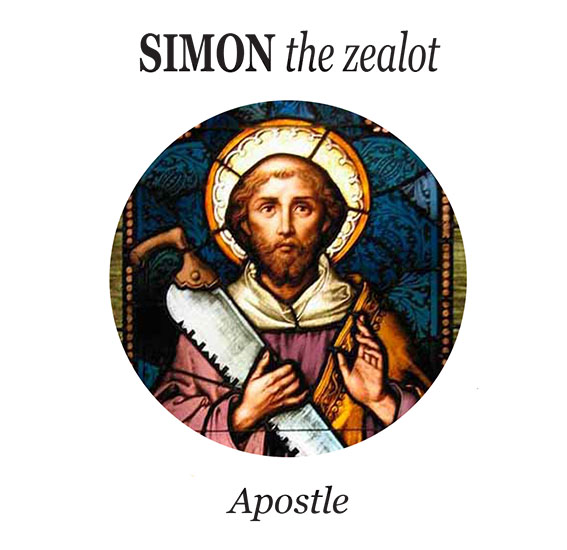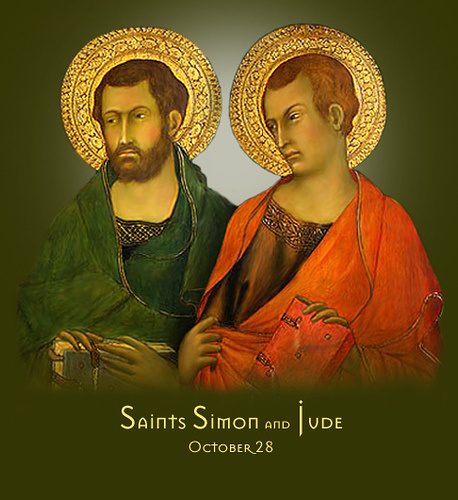Simon Zelotes was also called “Simon the Canaanite” in Hebrew, not because he was from Cana or a Canaanite, but because “Canaanite” is the same word as the Greek word “Zelotes” and the English word “Zealot.” The Biblical meaning of the name Simon is: “That hears, that obeys.” Simon had the name “Simon the zealot” because of his zealous attachment to his religion as a Jew, and he continued with that name after he met Jesus. Believing that Jesus was the Messiah overwhelmed Simon and increased his fervor.
Simon, who was from Capernaum, may have originally belonged to the Zealots, an extremist group that was opposed to Roman rule in Palestine. The Zealots were originally a political movement in 1st century Second Temple Judaism which sought to incite the people of Judaea Province to rebel against the Roman Empire and expel it from the Holy Land by force of arms.
After Jesus’ death, resurrection and ascension, as Simon’s part in fulfilling The Great Commission, he preached in Egypt and then through north Africa to Carthage. It is believed that he also went to Spain and then north to Britain.
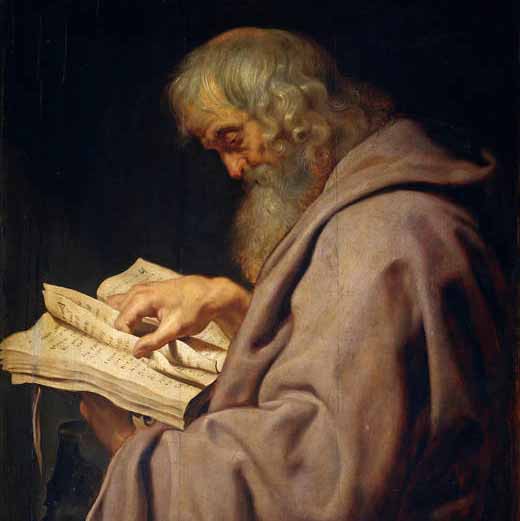 St. Simon, by Peter Paul Rubens, c. 1611,
St. Simon, by Peter Paul Rubens, c. 1611,
from his Twelve Apostles series at the Museo del Prado, Madrid, Spain
.
Martyrdom of Simon the zealot
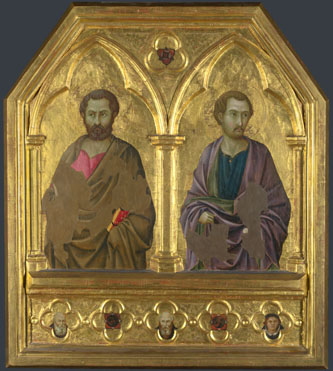 Saint Simon and Saint Jude Thaddeus
Saint Simon and Saint Jude Thaddeus
Simon and Jude Thaddeus preached together in Syria and Mesopotamia traveling a far as Persia, where according to the Apocryphal Acts of Simon and Judas, he was martyred by being cut in half with a saw, which is one of his chief iconographic symbols (another being a book). (1)
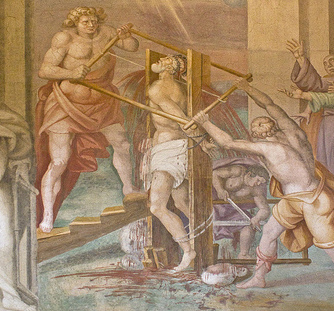 Martyrdom of St. Simon the Zealot by Pomarancio, fresco in St. Nereus and Achilleus Church, Rome, Italy by Father Lawrence Lew, OP LAWRENCE OP at https://www.flickr.com/photos/paullew/
Martyrdom of St. Simon the Zealot by Pomarancio, fresco in St. Nereus and Achilleus Church, Rome, Italy by Father Lawrence Lew, OP LAWRENCE OP at https://www.flickr.com/photos/paullew/
.
Remains of Saint Simon
Saint Peter’s Basilica in Rome, Italy (as was discussed in the 11th part of this series about Jude Thaddeus) and the Basilica of Saint Sernin in Toulouse, France possess portions of the relics of Saints Simon and Jude Thaddeus.
The bodies of Saint Simon and Saint Jude Thaddeus were first buried in Babylon, a city in ancient Mesopotamia, in the fertile plain between the Tigris and Euphrates rivers. In the 7th century they were brought to Rome, probably at the time when the Mohammedans seized Persia.
Charlemagne is given relics
Charlemagne was King of the Franks who united most of Western Europe during the Middle Ages and laid the foundation for modern France and Germany. He took the Frankish throne in 768 and became King of Italy from 774.
Pope Leo III gave a portion of the relics of Saint Simon and Saint Jude Thaddeus to Charlemagne (also known as Charles the Great or Charles I), after he crowned Charlemagne as the first Holy Roman Emperor in the year 800, in gratitude for the services rendered to the Holy See. (2)
Charlemagne donates the relics
Basilica of Saint Sernin is a church in Toulouse, France, formerly the abbey church of the Abbey of Saint Sernin. The current church is located on the site of the previous basilica from the 4th century, which contained the body of Saint Sernin, the first bishop of Toulouse.
Its importance increased enormously after Charlemagne donated the relics of Saint Simon and Saint Jude Thaddeus, along with many others to it. As a result, it became an important stop for pilgrims on their way to Santiago de Compostela, and a pilgrim location in its own right. (3)
.
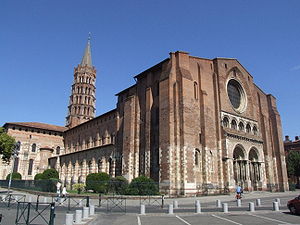 Basilica of Saint Sernin, Toulouse, France
Basilica of Saint Sernin, Toulouse, France
.
Saint Simon has the same feast day as Saint Jude Thaddeus, which is October 28.
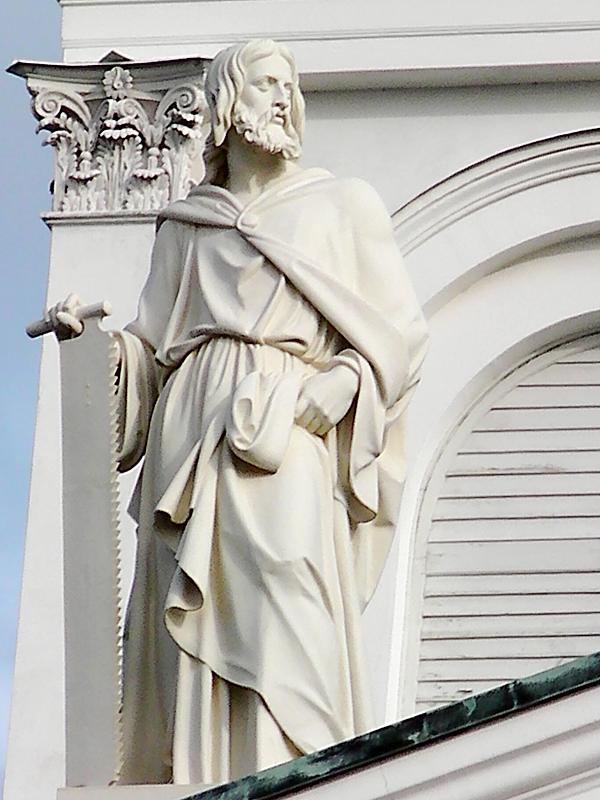 Statue of Simon the Zealot with the Saw by Hermann Schievelbein,
Statue of Simon the Zealot with the Saw by Hermann Schievelbein,
on the roof of the Helsinki Cathedral, Helsingfors, Finland
Photo by Tony Bowden https://commons.wikimedia.org/wiki/File:Simon_the_Zealot_Helsinki_Cathedral.jpg
.
(1) http://www.britannica.com/biography/Saint-Simon-the-Apostle
(2) CHRISTIAN ICONOGRAPHY, Saint Simon the Zealot and Saint Jude Thaddeus, son of Jacques, APOSTLES, October 28, 2012 https://translate.google.com/translate?hl=en&sl=fr&tl=en&u=http%3A%2F%2Fhar22201.blogspot.com%2F2012%2F10%2Fsaint-simon-et-saint-jude-apotres.html
(3) Ibid.

